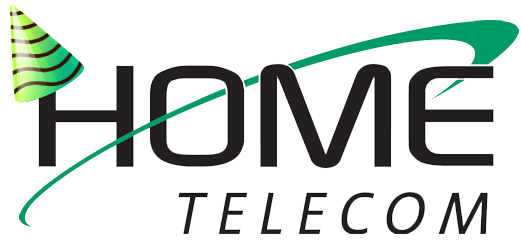
If you’re part of Generation X, you grew up hearing your Baby Boomer parents talk about the “good ol’ days” before television existed. When my granddad died, my mom inherited their family radio, and she told me stories about the Golden Age of Radio. She said this radio was where she, her brother, sister, and cousins would gather, eagerly awaiting the next broadcast of “Gunsmoke.” This got me thinking, when did television become something that was accessible to and affordable for most Americans and what is the evolution of the TV?
A Glimpse Into the Evolution of the TV
When Did Television Come Out?
The first television broadcasting began in 1928, but it was experimental, and the audience was limited to a small area in the Maryland suburbs of Washington D.C. By 1939, the National Broadcasting Company (NBC) became the first network to feature regular broadcasts. NBC initially transmitted to a mere 400 sets in the New York area, which limited their audience to approximately 5,000 to 8,000 people.
The first television sets were only affordable to the wealthy. During the 1930s, the average annual salary was a mere $1,368, while a television set cost a whopping $200 to $600. Once World War II ended and salaries increased, the number of television sets in U.S. households increased from a mere 6,000 in 1946 to more than 12 million by 1951.
The old television sets of the 1950s resembled furniture and required a team of electrical engineers, carpenters, lumber suppliers, wood stains, brass, and even fabric to produce. These old models were designed to match couch cushions and coffee tables. These televisions required receivers, which is an antenna. Dubbed “rabbit ears,” my mom remembers having to move and stand still to make sure they could get reception on their first television. This antenna receiver would boost the signal, but most rabbit ears were adorned with aluminum foil, which helped increase the signal.
In 1953, the first all-electronic color television was introduced in the U.S. Due to high prices, they were not very popular during Eisenhower’s reign as president. It wasn’t until the mid-1960s that color television sets began selling in significant numbers.
These early color television sets were either small tabletop models or floor-standing consoles.
The Introduction of Cable Television
Ted Turner’s superstation WTCG launched the first basic cable network in 1976. As the demand for more channels grew, so did cable subscriptions. Cable television can carry far more bandwidth than broadcast television, which opened a niche market for specialty channels. During the 1980s through 1990s, many of the networks we recognize today began popping up like Disney, HBO, Cinemax, Showtime, Starz and much more.
With the introduction of more channels and subscription services came a standard cable box. We still see the same type of boxes present in today’s subscription television services; however, today’s models are far more advanced than yesteryears.
VCR
As the 1970s and 1980s approach, we get into a decade that most of us remember. Video stores began to appear in the 1970s and were set up to accommodate the VCR, which allowed you to watch tapes on demand.
If you are like me, you remember having all of your Strawberry Shortcake videos on Betamax, which became obsolete thanks to the VCR. While Beta offered a better product, VHS was easier to build since it featured an open format.
DVD
Just as video killed the radio star, DVD killed the VHS. Ten years after DVD players were introduced to Americans, approximately 80-percent of households have splurged on this must-have electronic device. But, alas, DVD's empiric fall is likely just around the corner.
Analog to Digital
The transition to digital televisions began in the late 2000s, as the government shutdown analog broadcasting by 2010. The government made this requirement to help benefit public safety by freeing up communication for emergency responders, who use analog systems. Additionally, digital systems offer a better picture, enhanced sound quality, and more programming channels.
Introducing Streaming and Video on Demand (VOD)
It is anticipated that streaming and VOD will eventually replace DVDs. Whether it is Roku, Google, Western Digital or Apple, these boxes allow consumers to easily stream movies directly to their television set.
VOD makes it even easier to stream movies, as cable companies include these types of services in bundled packages. In 2012 alone, consumers spent more than $1.3 billion ordering Video on Demand movies and TV services.
The biggest benefits of Video on Demand are that it’s convenient, people can watch movies on their schedules, and it allows content to be delivered in a safe, yet effective manner.
In fact, many providers even offer free streaming on smart devices, such as computers, tablets, and Smartphones, which makes it easy to browse and watch movies whether you’re in the airport or need entertainment for your children while taking a road trip.
